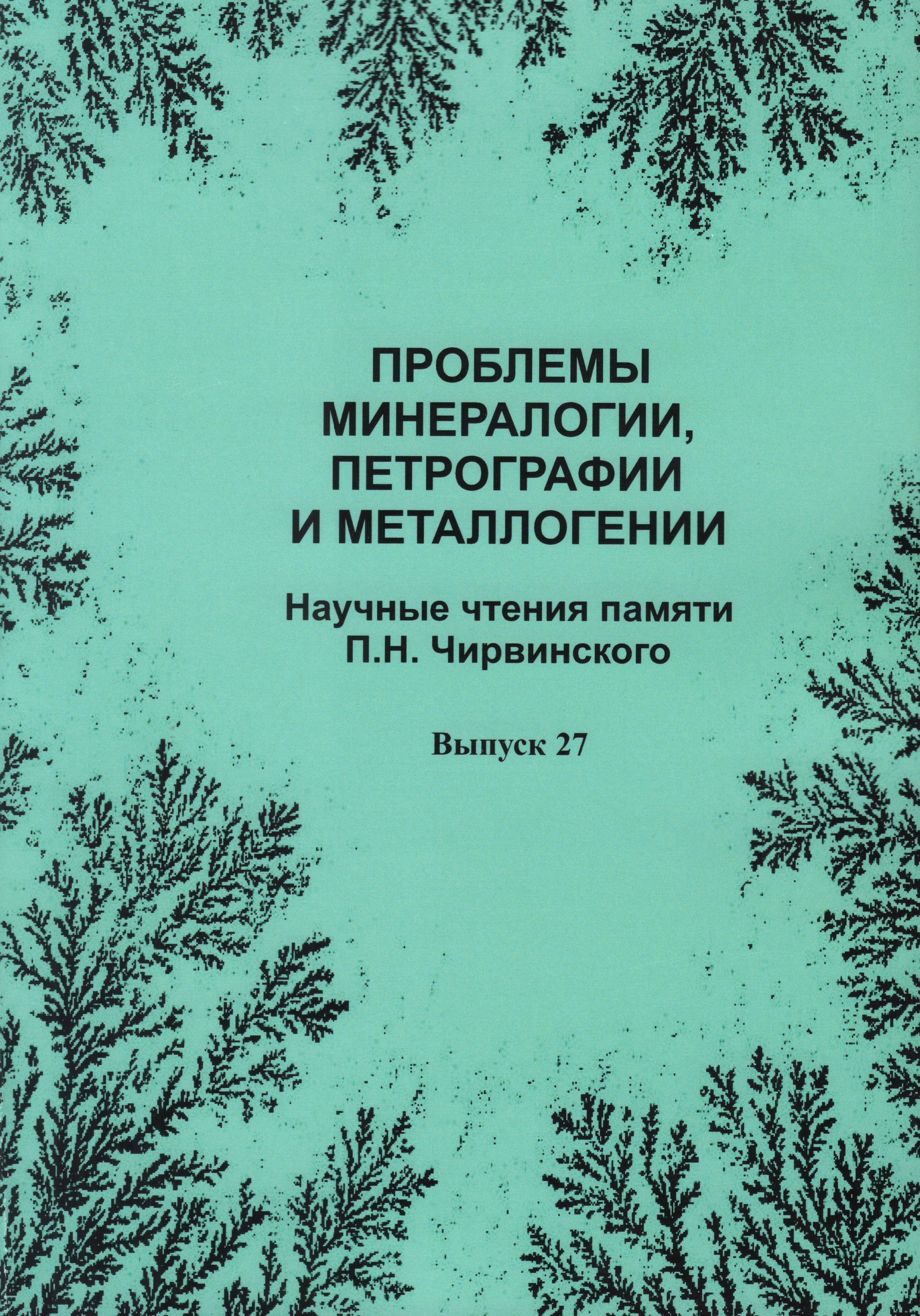Typomorphic features of various rocks’ products of weathering in connection with diamondprospecting works
DOI:
https://doi.org/10.17072/chirvinsky.2024.8Keywords:
crusts of weathering, Siberian platform, minerals-neoformations, typomorphism, diamond-prospecting worksAbstract
Results of complex research of different in age ancient crusts of weatheringon various rocks (terrigenous-carbonate rocks of Lower Paleozoic, dolerites, tuffsand tufogene formations, kimberlites) of the main diamondiferous regions of theSiberian platform indicated that the most important typomorphic indications ofclay formations in the studied crusts of weathering are as follows: a) omnipresentdioctahedral hydromica (2М1) in the crust of weathering of terrigenous-carbonaterocks and its association in the most mature profiles with kaolinite of relativelyordered structure, than of kaolinite, having been formed at the expense of other rocks;b) constant availability of trappean formation (tuffs, tufogene rocks, dolerites) insections of crusts of weathering together with di- and trioctahedral montmorillonite,as well as disordered vermiculite-montmorillonite mixed-layered formation, to thisor that degree disordered kaolinite, associated in the crust of weathering of tufogenerocks with halloysite (at complete absence of micaceous minerals in the productsof weathering); c) the content in the crust of weathering of kimberlites togetherwith polycationic montmorillonite of a significant quantity of trioctahedral chlorite(packets δ and δ’), serpentine (structural types A and B) and altered to various degreephlogopite, including related with it hydromica 1M.Downloads
Published
2024-03-04
How to Cite
Zinchuk Н. Н., & Zinchuk М. Н. (2024). Typomorphic features of various rocks’ products of weathering in connection with diamondprospecting works. Problems of Mineralogy, Petrography and Metallogeny. Scientific Readings in Memory of P.N. Chirvinsky, (27), 8–31. https://doi.org/10.17072/chirvinsky.2024.8
Issue
Section
Статьи




